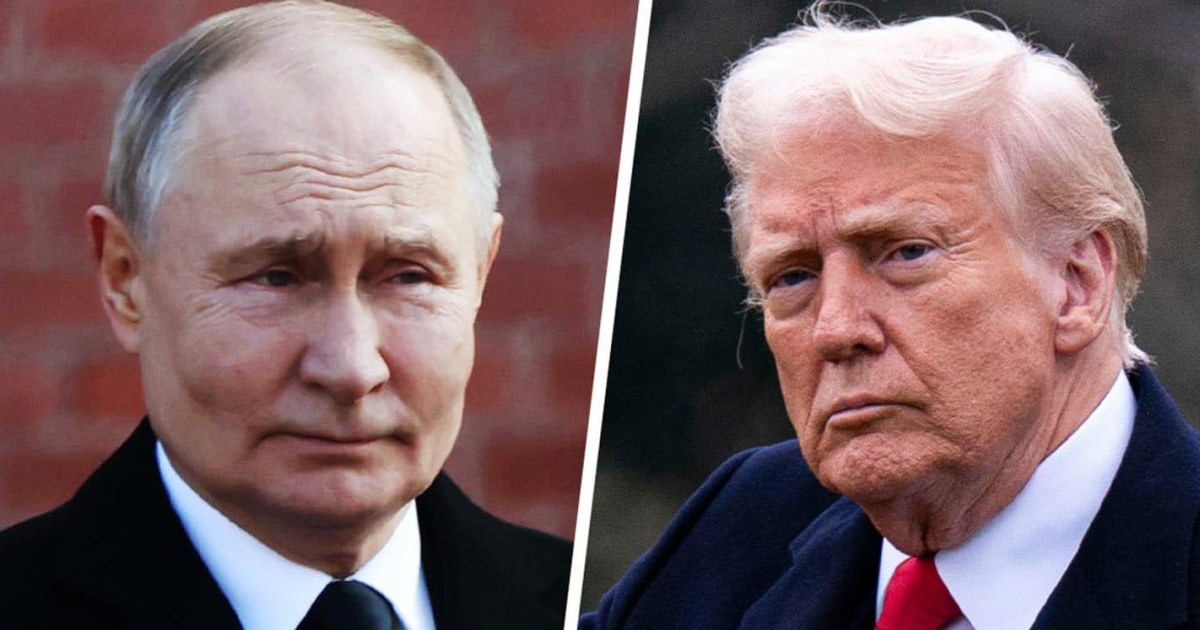6 Monuments You’ve Seen On Indian Currency Notes; Here’s How You Can Travel To These Places
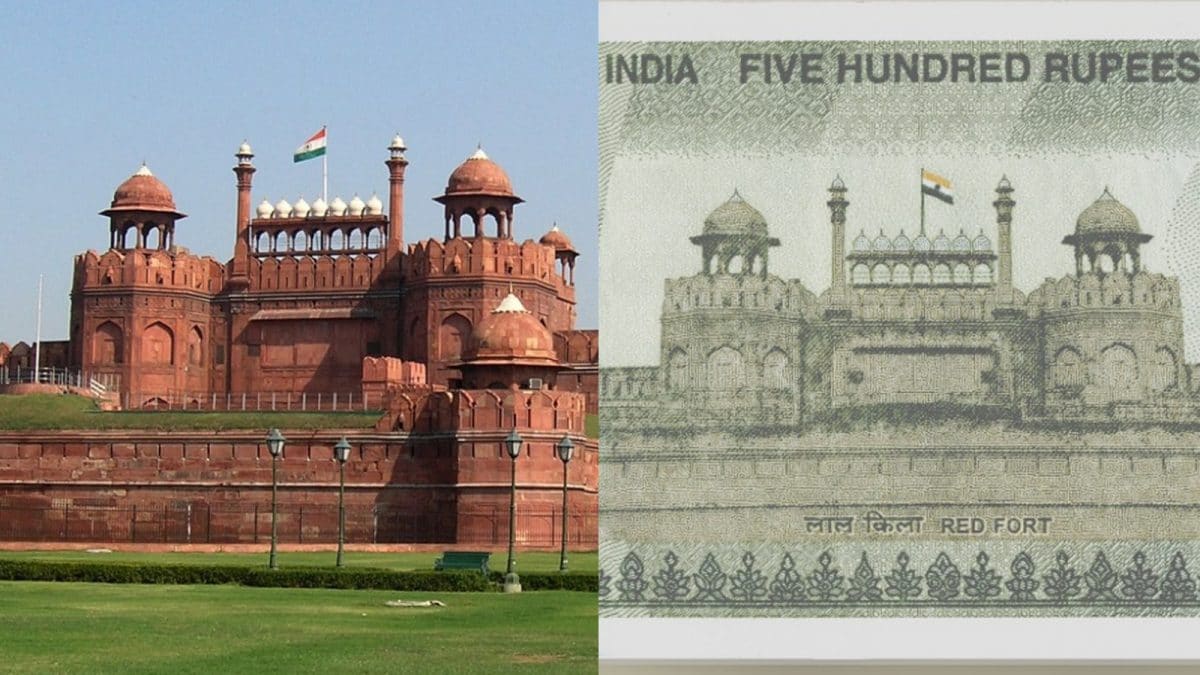
Indian banknotes are more than just currency. They offer a trail of historic Indian heritage sites spread across the length and breadth of the nation. Printed on the reverse side of the banknotes of all denomination, these landmarks are a window to understanding India’s rich culture. (File Photo)
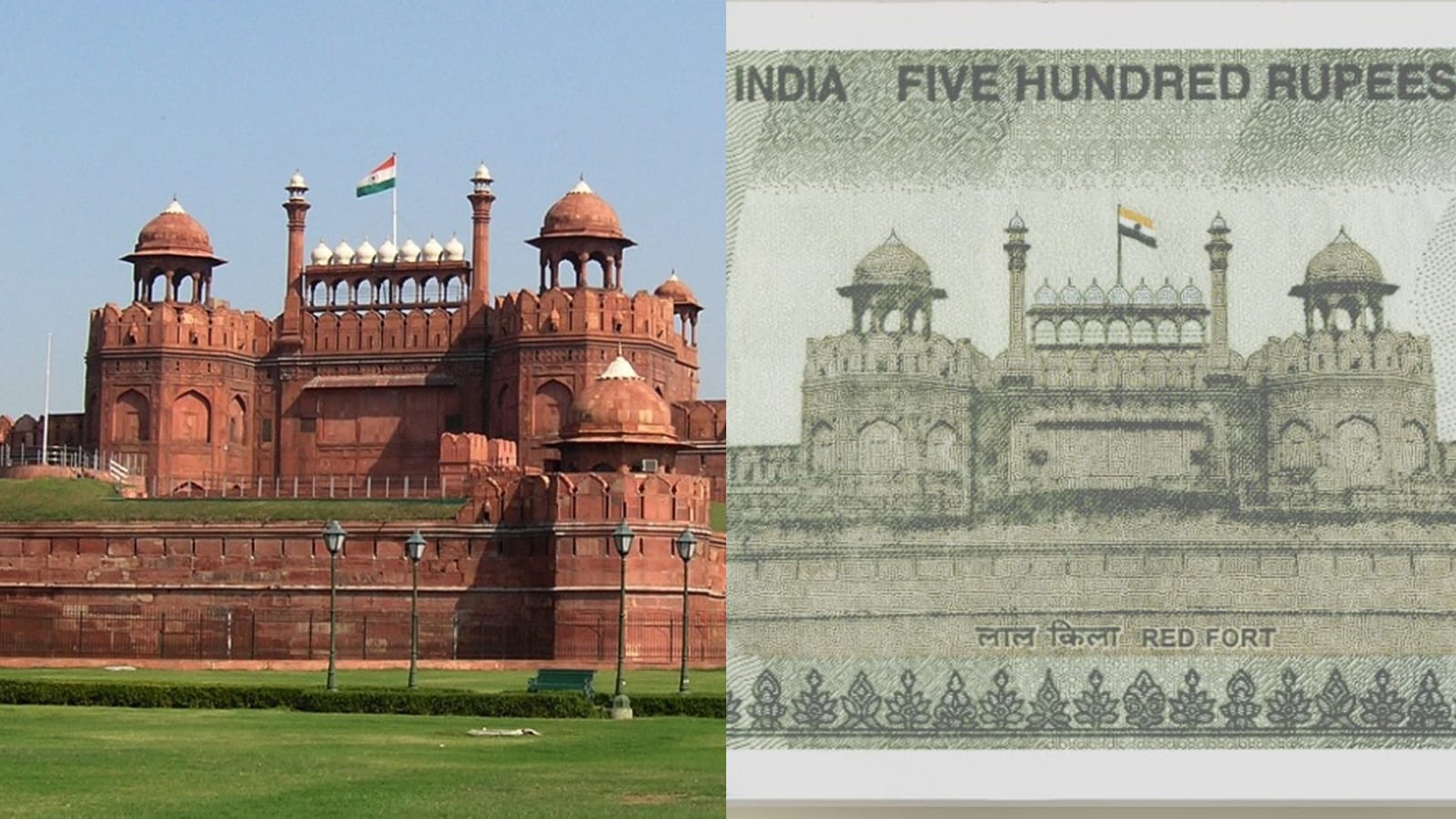
₹500 Note: Red Fort, Delhi: Built by Mughal emperor Shah Jahan in the 17th century, the Red Fort – also known as Lal Qila – served as the primary residence of the Mughal emperors. India’s first Prime Minister Pandit Jawaharlal Nehru delivered his historic freedom speech on August 15, 1947, marking India’s independence from the British, from here. The RBI adopted this currency note on November 10, 2016, following the demoetisation of the previous note. Closest airport is the Indira Gandhi International Airport, New Delhi.
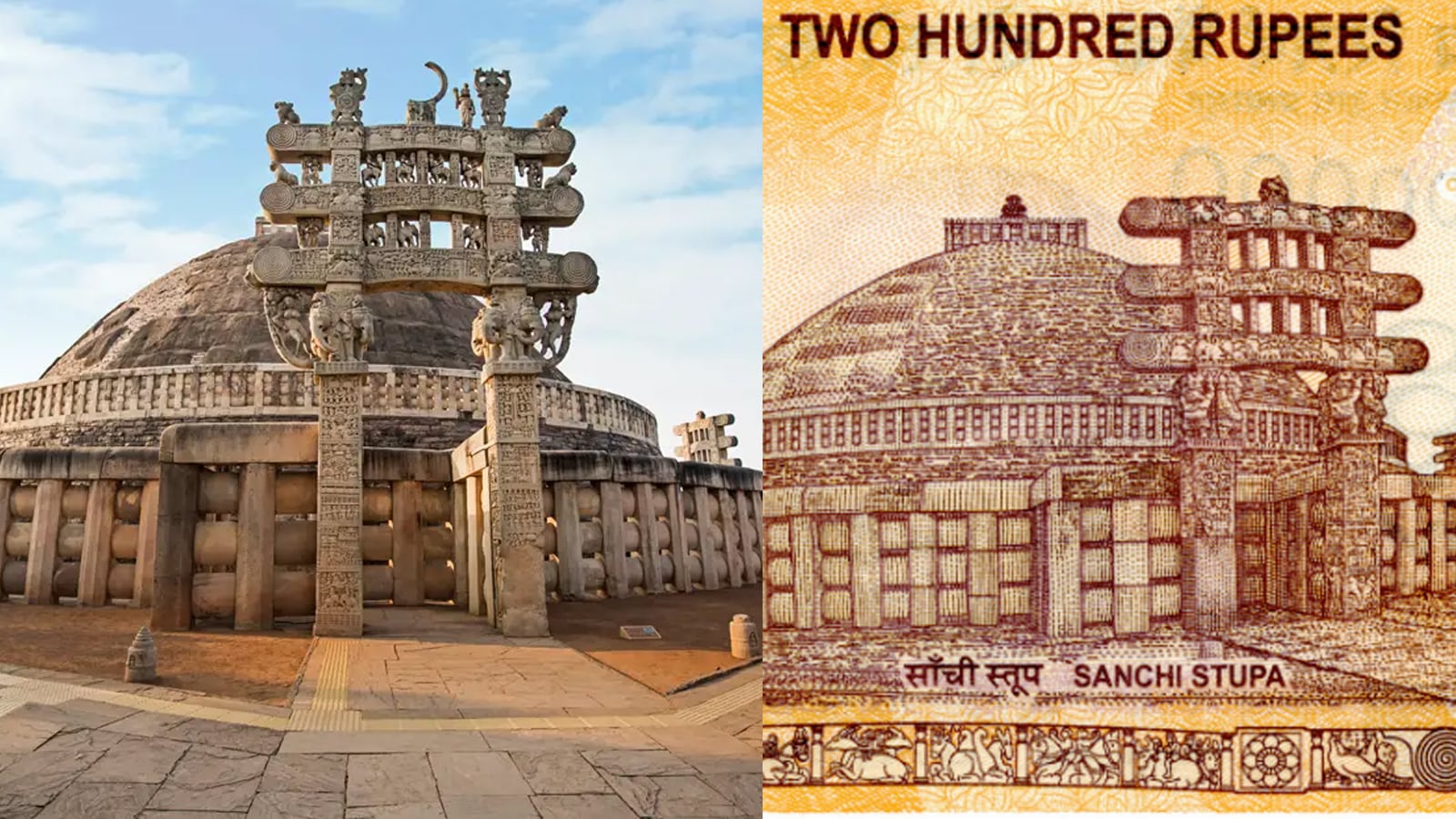
₹200 Note: Sanchi Stupa, Madhya Pradesh: One of the oldest Buddhist monuments in India, the Sanchi Stupa on the Rs 200 note was introduced by RBI on August 25, 2017. Commissioned by Mauryan emperor Ashoka in 3rd century BCE, the ancient stone structure highlights India’s Buddhist heritage. Closest airport is the Raja Bhoj Airport, Bhopal.
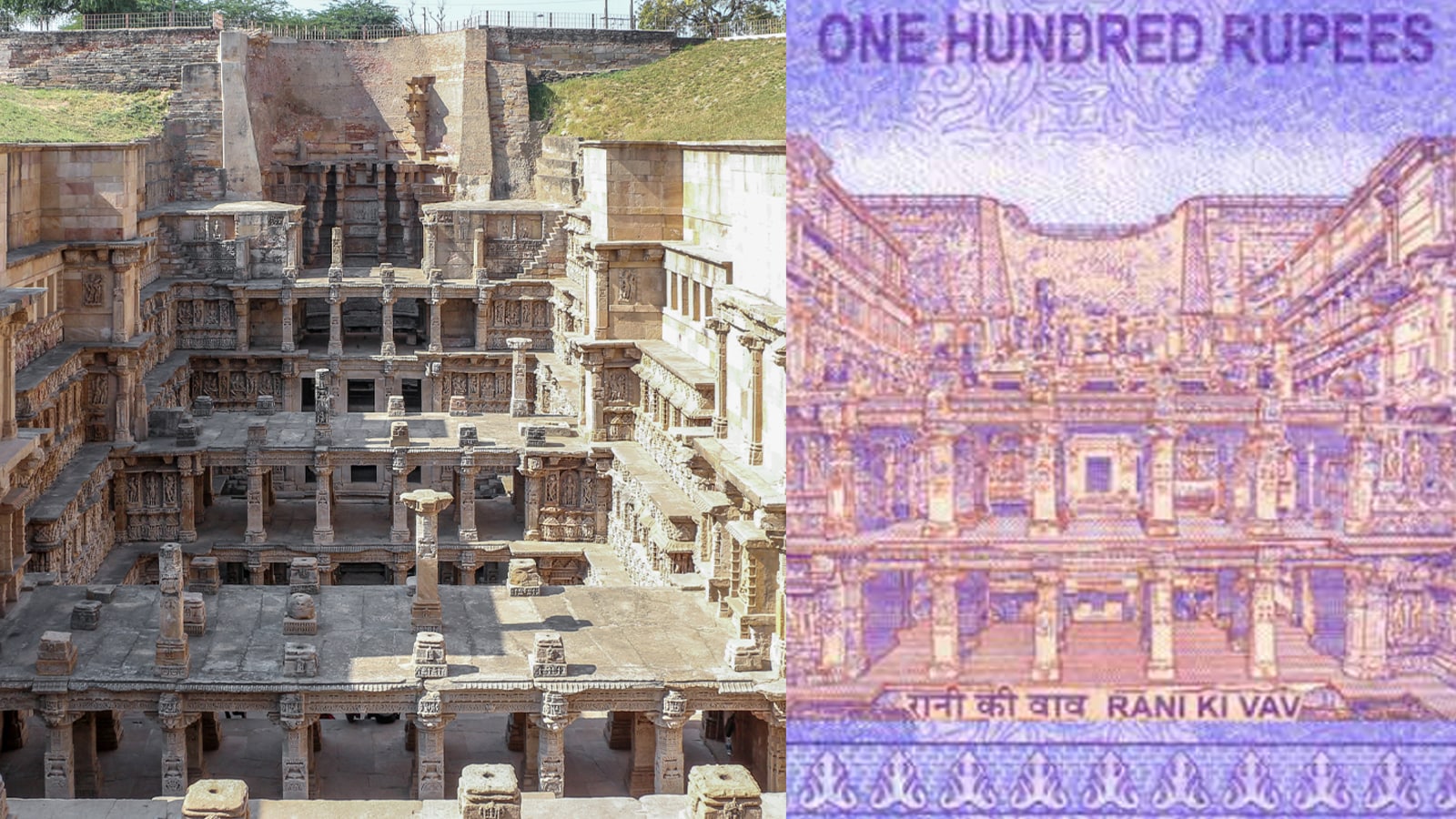
₹100 Note: Rani ki Vav, Gujarat: The ancient stepwell was built by Queen Udayamati, spouse of the 11th-century Chaulukya king Bhima I. Designed as an inverted temple, it highlights the importance of water conservation. The RBI adopted this note in July 2018, as part of the Mahatma Gandhi New Series. Closest airport is the Sardar Vallabhbhai Patel International Airport, Ahmedabad.
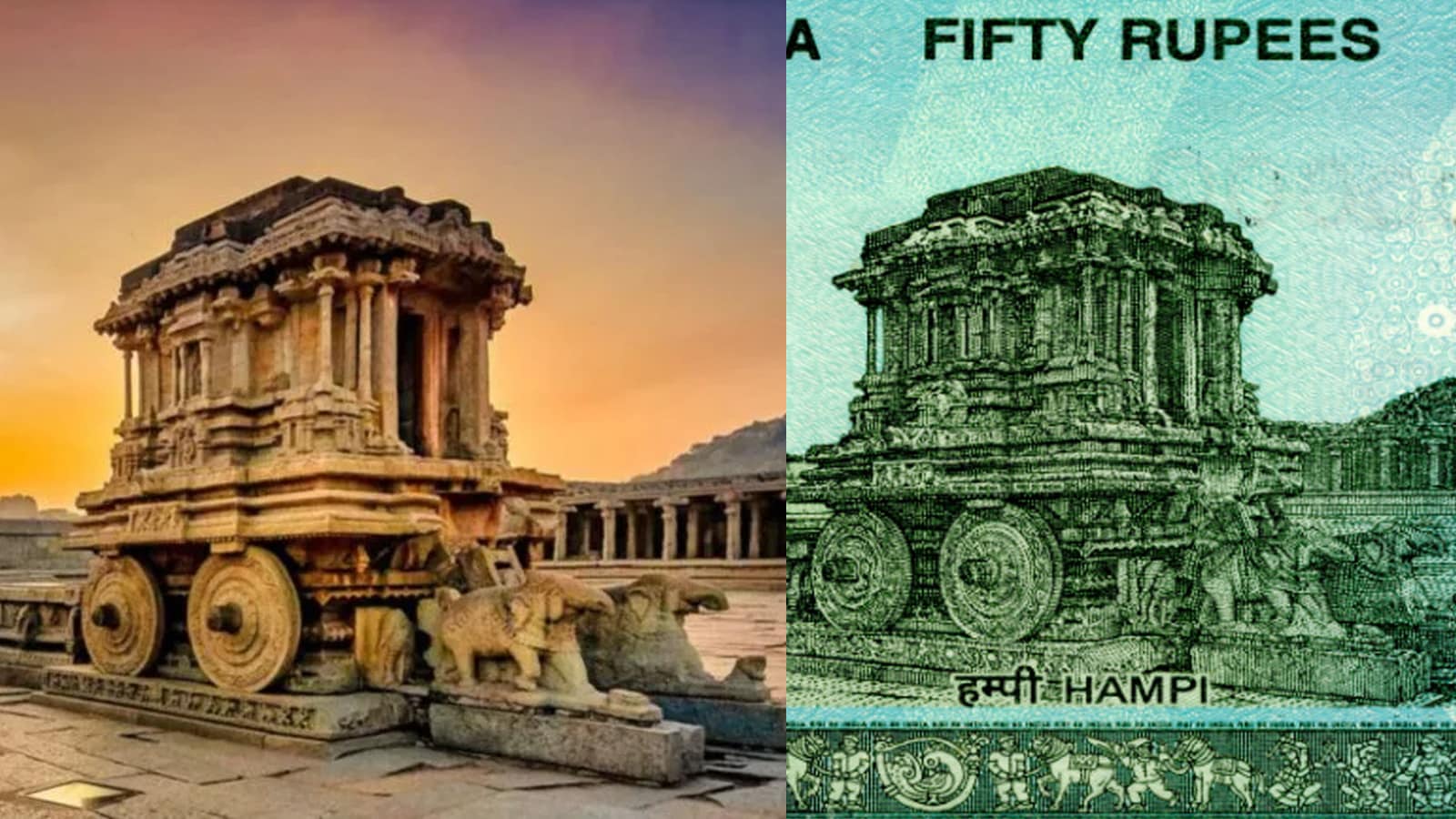
₹50 Note: Group of Monuments at Hampi, Karnataka: The historic site of Hampi is featured on the Rs 50 note, since the RBI adopted it on August 18, 2017. A fine example of Dravidian architecture, the famous stone chariot in the ruins of the Vittala temple complex, finds a mention on the note. Closest airport is the Jindal Vijayanagar Airport, Toranagallu.
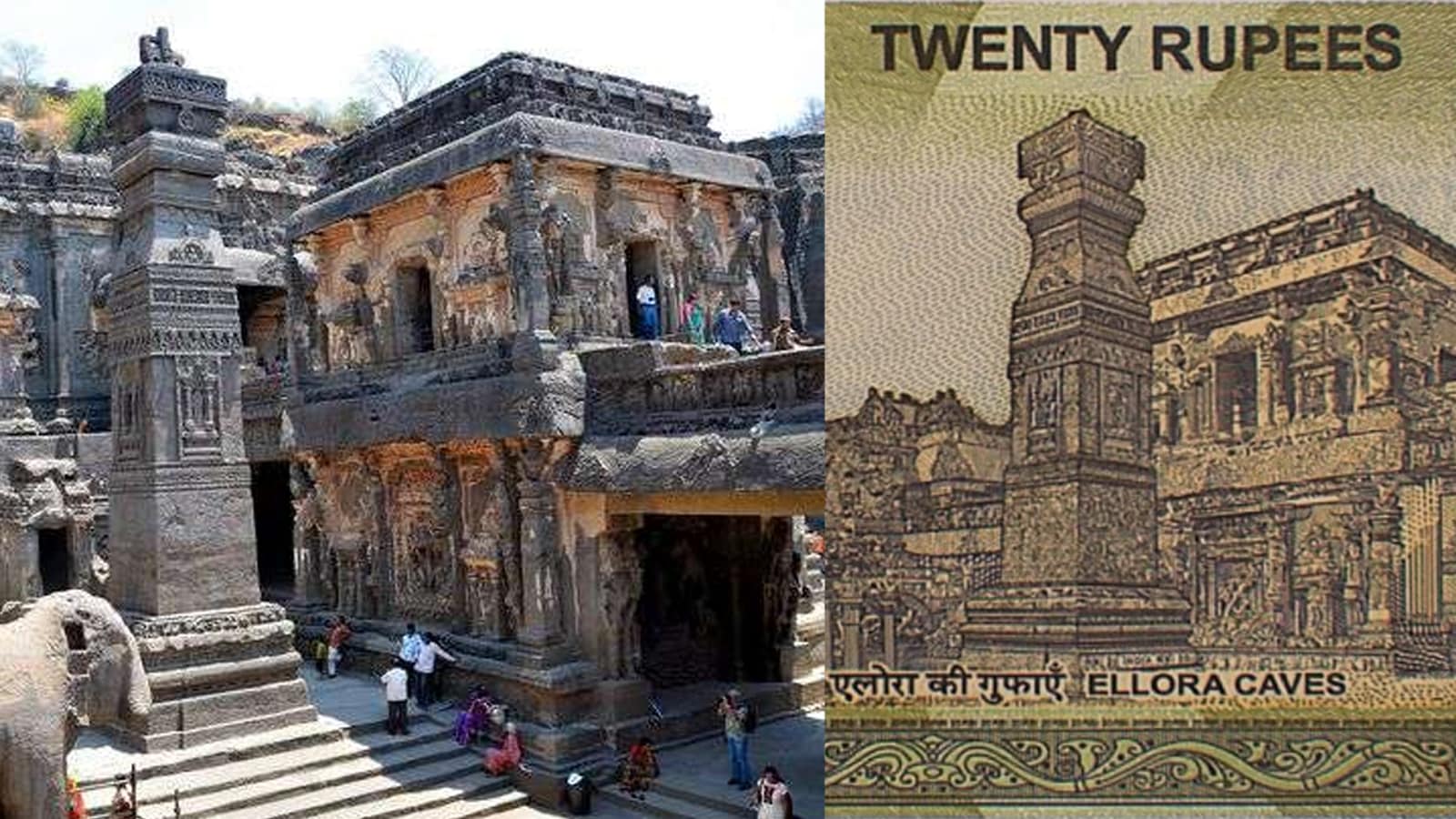
₹20 Note: Ellora Caves, Maharashtra: One of the largest rock-cut cave complexes in the world, this ancient complex houses Hindu, Buddhist, and Jain artworks. Built from a single rock, they are featured on the Rs 20 banknote since the RBI adopted it on April 26, 2019. Closest airport is the Aurangabad Airport, Chilkalthana.

₹10 Note: Konark Sun Temple, Odisha: Built by Narasingha Deva I of the Eastern Ganga dynasty, the 13th century temple is dedicated to the Hindu sun god. It is built in the shape of a massive chariot with detailed carvings from Kalinga dynasty. The RBI adopted this currency note on January 5, 2018. Closest airport is the Biju Patnaik Airport, Bhubaneswar.
[title_words_as_hashtags



